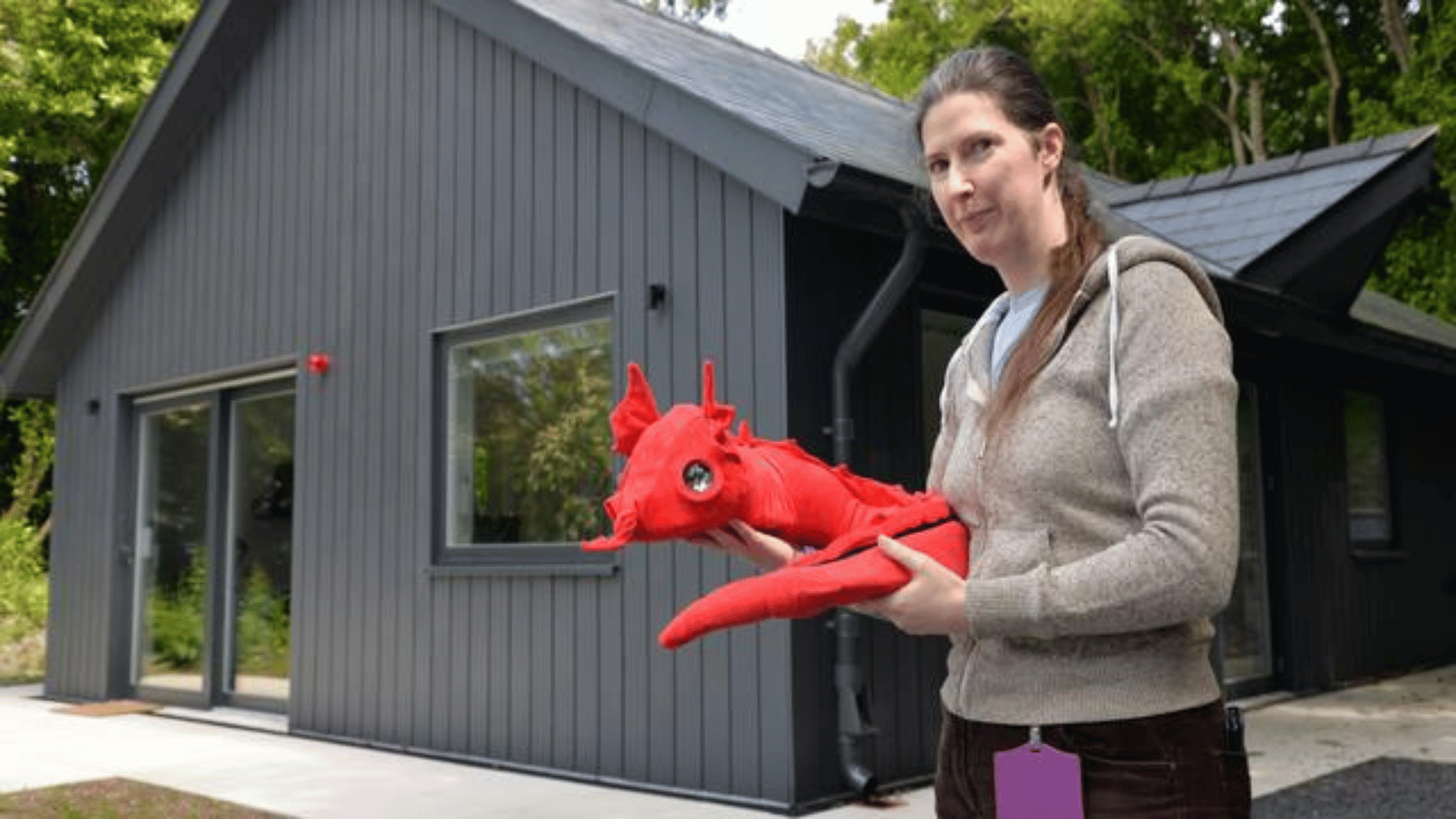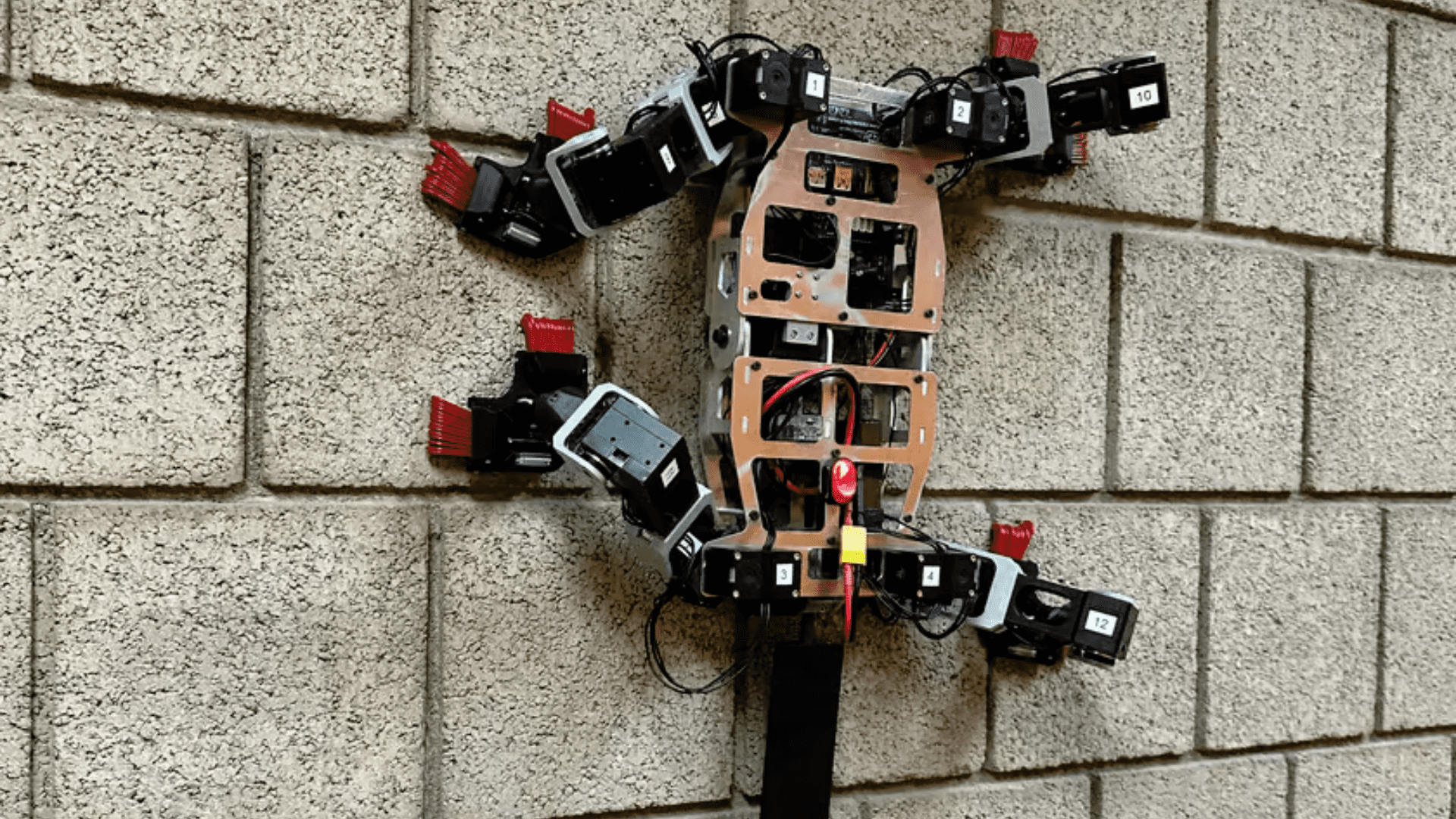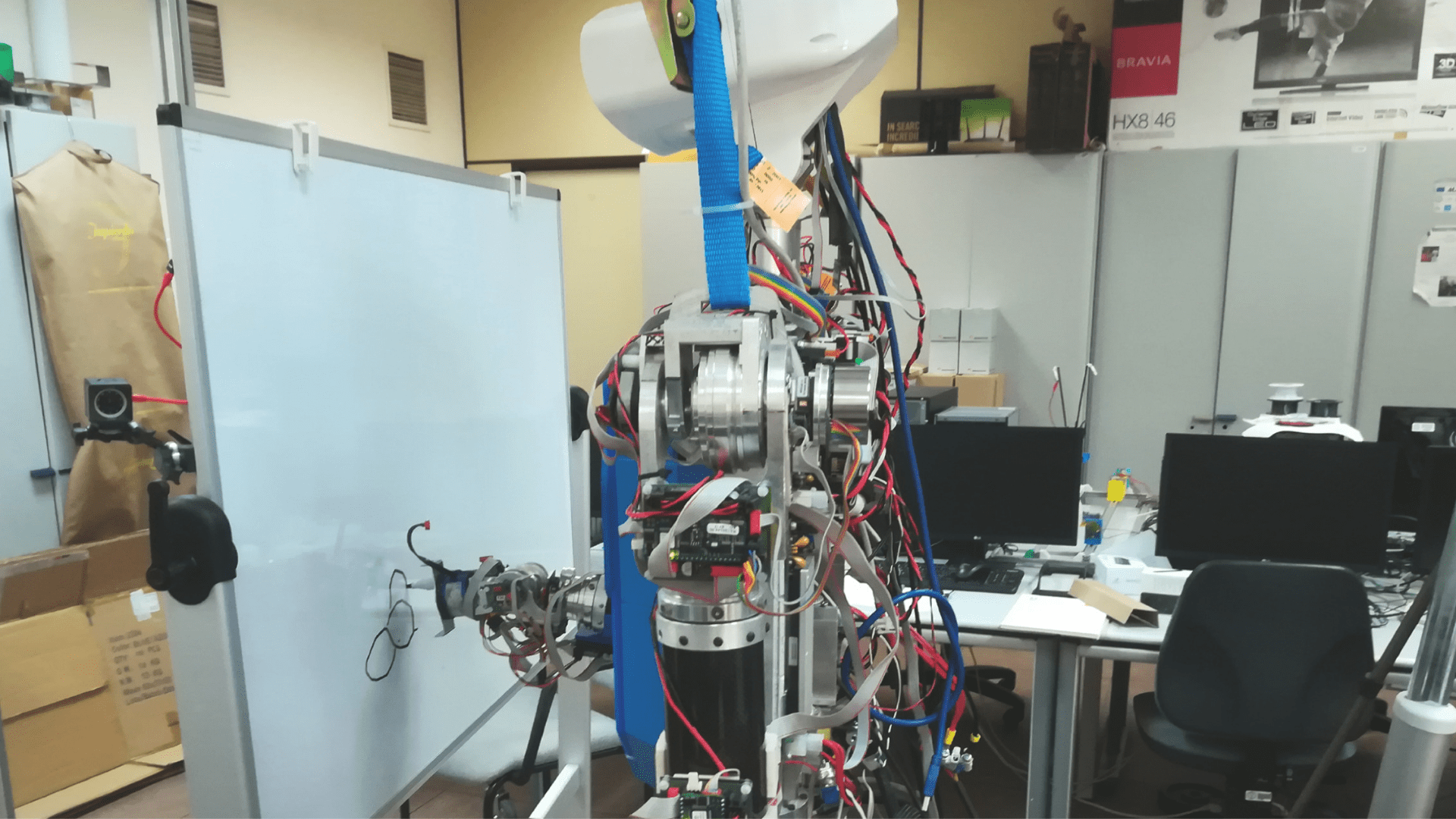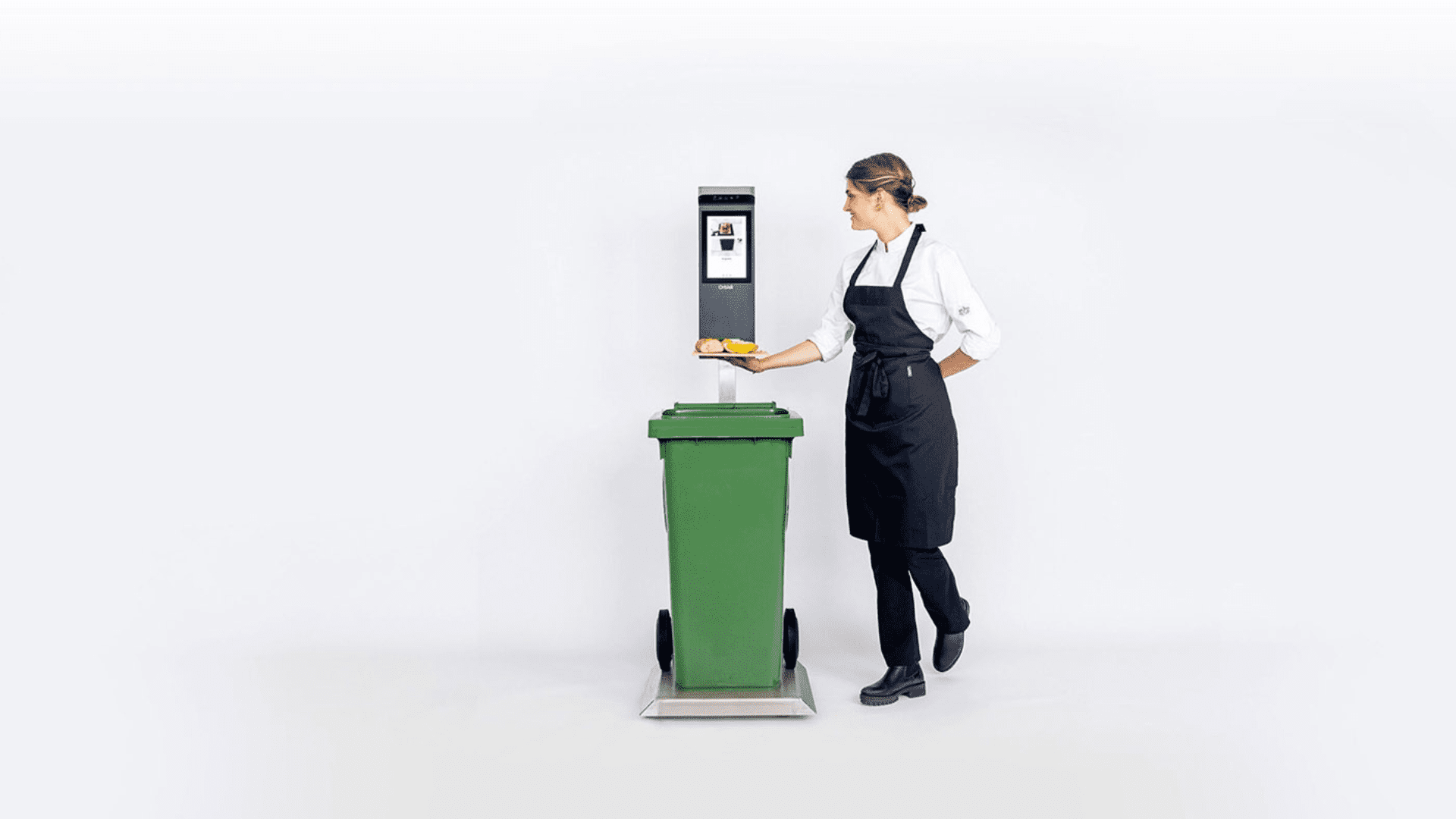Researchers have developed a pet robot dragon designed to interact and care for people.

The mythical robot, developed by Aberystwyth University, features moving eyes and ears and a flashing, light-up tail. The dragon is also designed to monitor an older person’s movement, prompt people to move or interact with it, and provide data for care planning.
Rather than the top of a tall tower, this dragon currently lives at the university’s Smart Home Lab. The robot is part of a study regarding how robots may allow older people to live more independently. It’s also part of a series of companion and assistant robots being designed to interact with people.
Explore Tomorrow's World from your inbox
Get the latest innovations shaping tomorrow’s world delivered to your inbox!
I understand that by providing my email address, I agree to receive emails from Tomorrow's World Today. I understand that I may opt out of receiving such communications at any time.
“Robots are becoming an increasingly important part of our day to day lives and so it is great to be able to demonstrate some of the research taking place at the university, and the potential benefits this work could bring,” said Dr Patricia Shaw, a senior lecturer at the university’s Department of Computer Science.
On June 18-20, the University also hosted the Robot Olympics in collaboration with Ceredigion County Council. Over 300 pupils from Ceredigion Schools participated in team competitions involving building and adapting robots.
The contest featured current and former members of the university’s after-school robotics club and undergraduate robotics society. Though more sophisticated robots such as the robot dragon could be seen as a step toward robot pets, researchers still believe we are far from creating convincing critters that could replace biological organisms as pets.
“As an engineer, it is kind of upsetting,” said Jayaram, an assistant professor in the Paul M. Rady Department of Mechanical Engineering at CU Boulder. “Over 200 years of intense engineering, we’ve been able to send spacecraft to the moon and Mars and so much more. But it’s confounding that we do not yet have robots that are significantly better than biological systems at locomotion in natural environments.”







